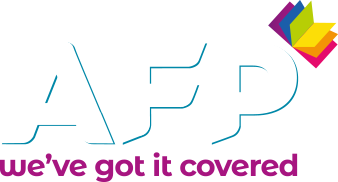Smart offices provide plenty of benefits to businesses. From smoother workflow, to increased productivity, it’s no surprise that businesses are making the transition.
As with any kind of change, it does come with some challenges. Especially for businesses who haven’t ventured into the digital world before.
We’re exploring some of the main challenges when it comes to investing in a smart office.
Getting to grips with new technology
Technology is slowly but surely becoming man’s best friend. And it’s not difficult to see why. Technology gives businesses better security, more accuracy, faster processes, and much more.
The catch is you can’t reap those benefits without getting to grips with the technology first. Not everything can be solved with a computer. People are still at the crux of making a business work. A lot of technology’s benefits are dependent on people using it properly. If people don’t understand how to do that, you aren’t going to see those benefits.
In fact, you might even get the opposite. If employees aren’t given the proper training, it can lead to frustration, delays and decreased productivity. The key is make sure you introduce the whole team to new technology. Give them training on how it works, what it’s used for. Only then can you make the most out of the investment.
Adjusting to change
Adjusting to any kind of change is difficult, both in and out of the office. If you suddenly go from one way of working to another, there’s likely to be some growing pains. Especially if you’ve never worked in a smart office before.
Sometimes, businesses like to go all in. They make the investment and dive head first into smart office technology. But that’s not always the right way to go. If you go too fast, you can lose track of what’s actually working and what isn’t. You can’t properly examine the impact of the transition, which means you won’t know if it’s making any sort of positive difference.
Some experts recommend a soft change. Gradually introduce different aspects of smart working. Keep the focus on people over technology, and see what’s working for them. After all, if they’re struggling to adjust, the investment becomes more of a hindrance than a help.
Other aspects become sidelined
If you don’t plan the implementation thoroughly, adjusting to a smart office might mean other aspects of the business get sidelined. Your team could be so focused on getting to grips with the technology that they struggle to actually get the client work done. Or networking might take a step back. The accounts might get overlooked.
Again, this is where a gradual, conscientious change needs to come into play. For smart offices to work, you need to know what you need from them. Whether that’s a more efficient workflow, better security or something else, make sure you have clear goals in mind. That way you won’t sacrifice other important aspects of your business.
AFP can help
One of the best ways to make smart offices work for you is to have an expert on hand to support you. Whether that’s helping you with implementation, making sense of the software or ongoing advice.
That’s where AFP comes in. We work closely with clients to make sure their smart offices are moving them forward, not slowing them down. Get in touch with us today to find out more about how we can help.
